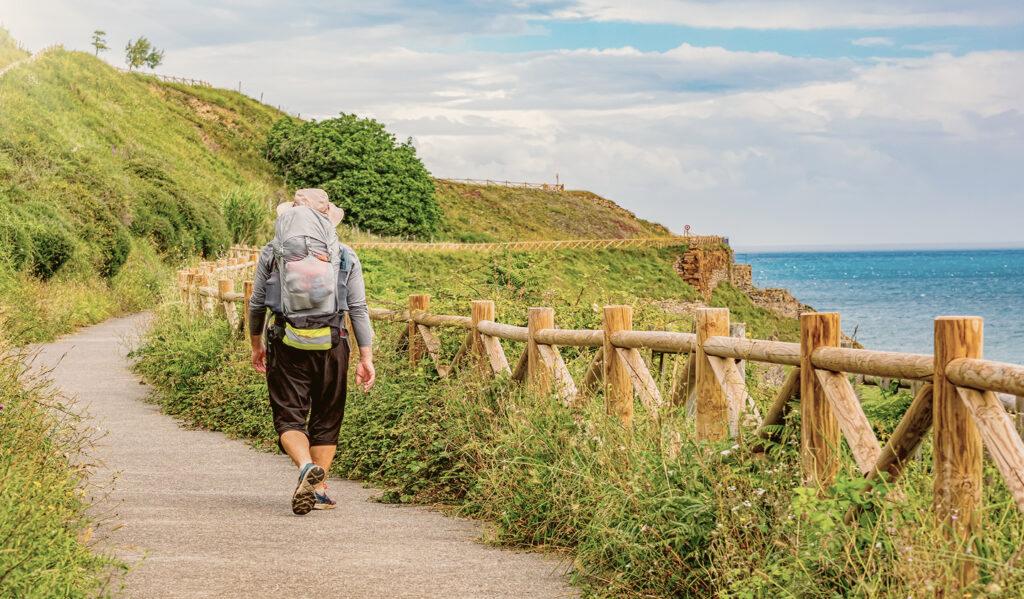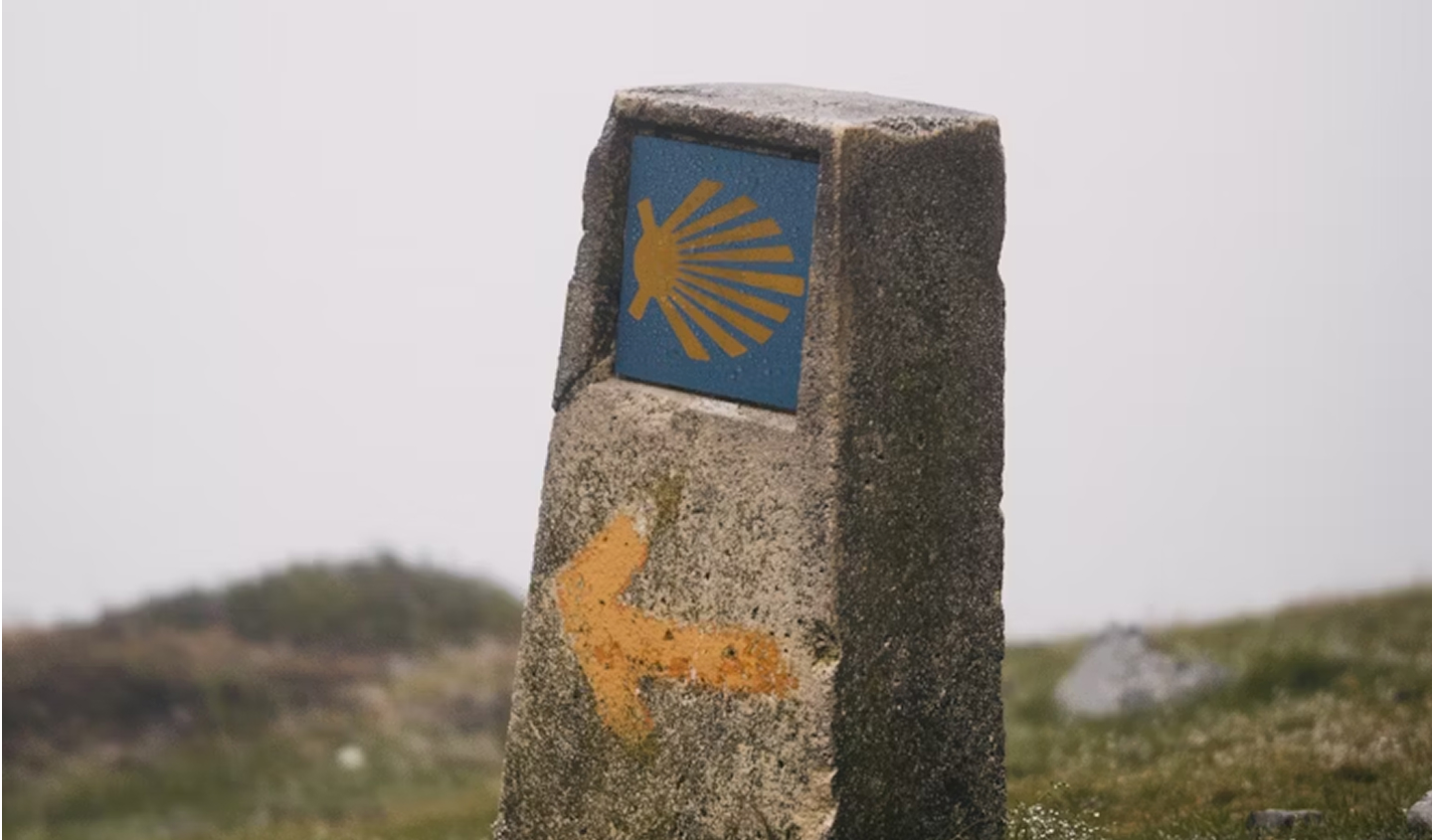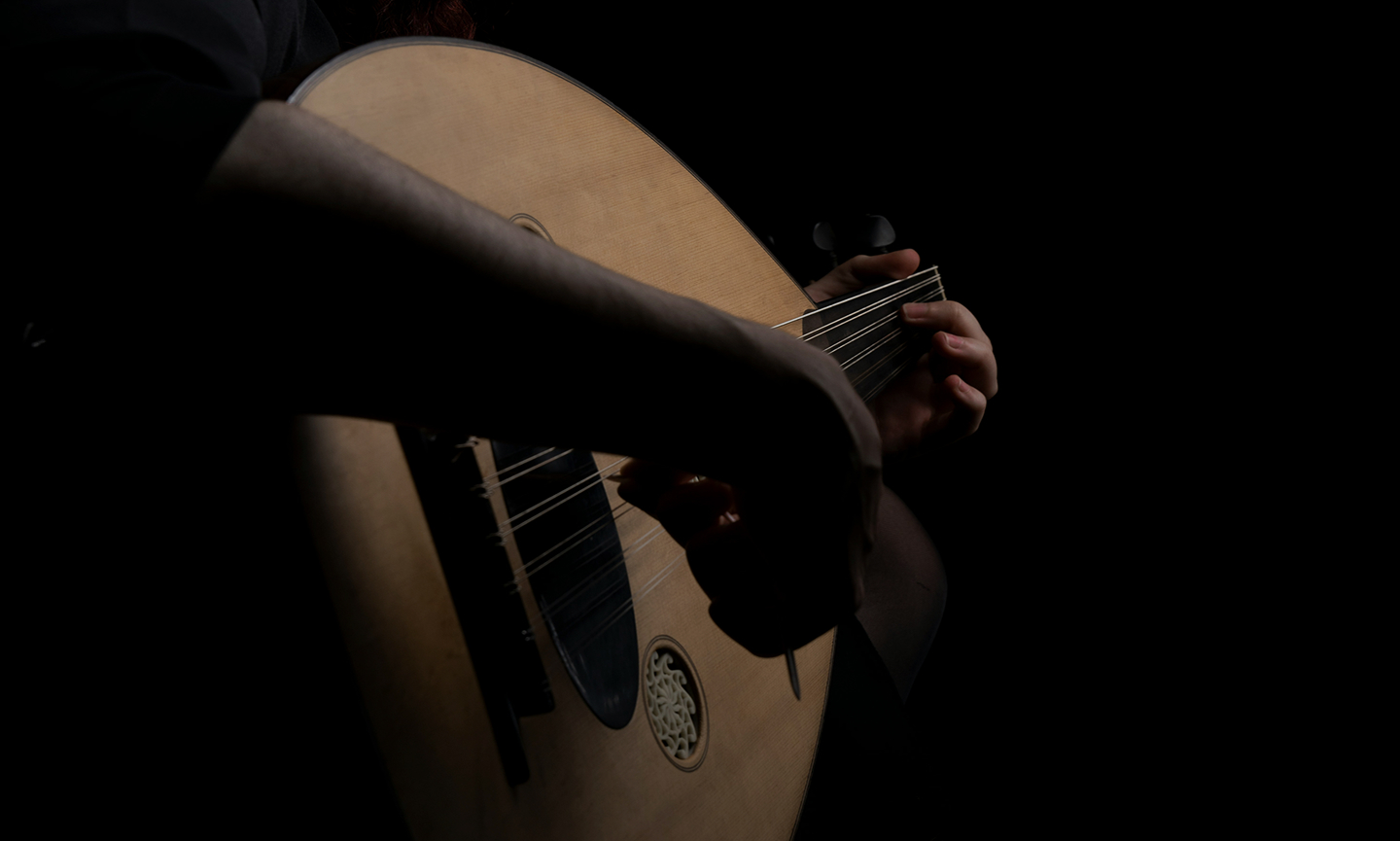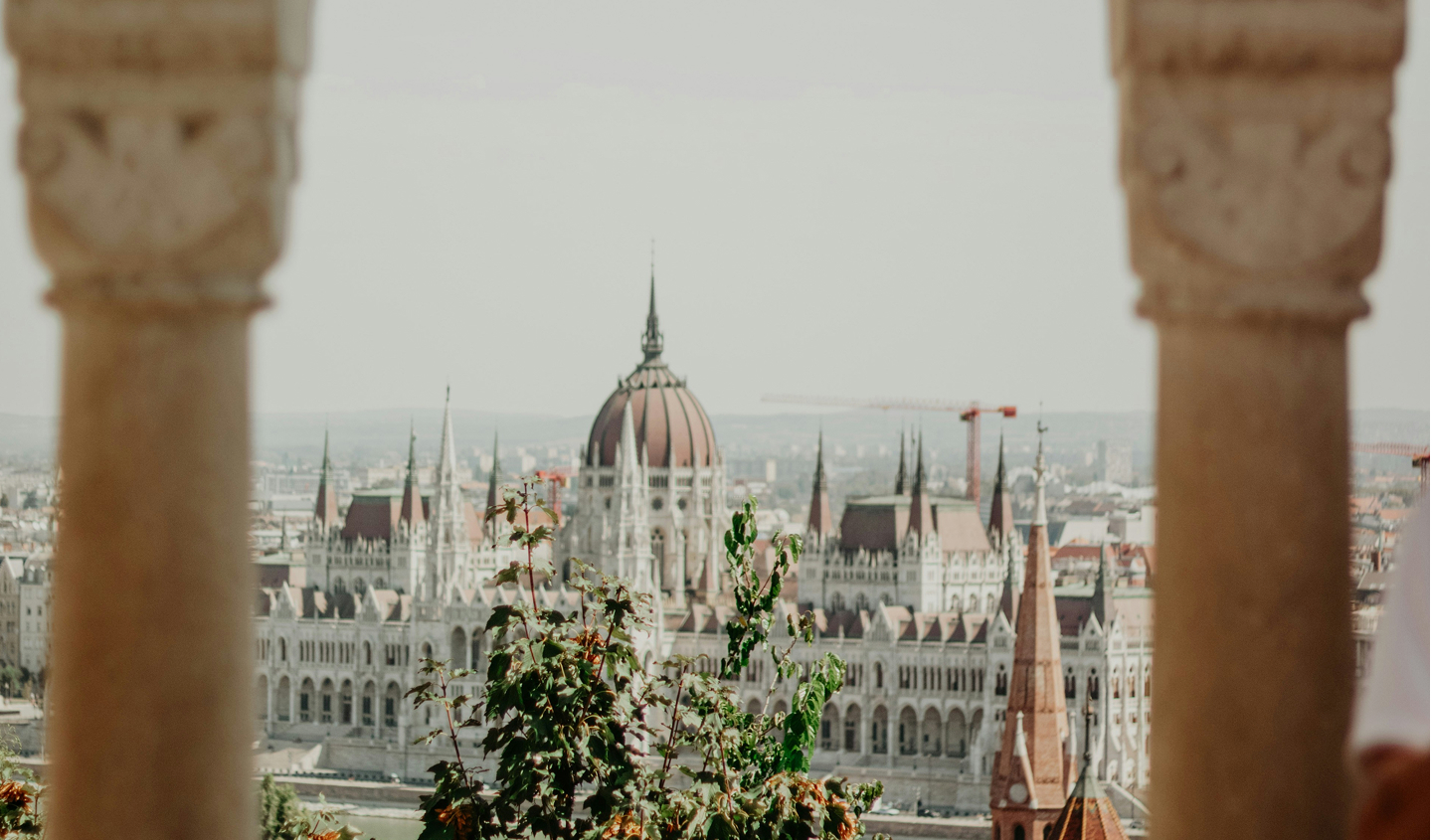One of my favorite songs is Vienna by Billy Joel. In fact, it’s my most played song year after year. I remember the first time I really heard it – not the melody, but the lyrics.
I was a senior in high school facing a pile of incomplete college applications, sitting in my red Subaru outside my ballet studio at 8 p.m., the car still in park.
“You’ve got your passion, you’ve got your pride
But don’t you know that only fools are satisfied?
Dream on, but don’t imagine they’ll all come true
When will you realize, Vienna waits for you?”
That night, I drove around my town, the only place I’ve known, with the song on repeat. My future felt uncertain, but these lyrics reassured me that I didn’t need all the answers yet – only faith that the path would wait for me, and time to heal.
Path, journey, roadmap. Different words for how we move forward – toward a goal, a realization, a transformation. Some stretches are smooth, others rocky, and sometimes the signs vanish altogether. But even when we’re lost, we trust that some inner compass will guide us where we need to be.
But what is it about a path that brings clarity? Is it the way it shifts beneath us? The challenges it demands we face? What if the path didn’t have to be invisible? What if there were a trail we could follow that confirmed we were moving in the right direction?
And there is. But you’ll have to go to Spain to find your answers.
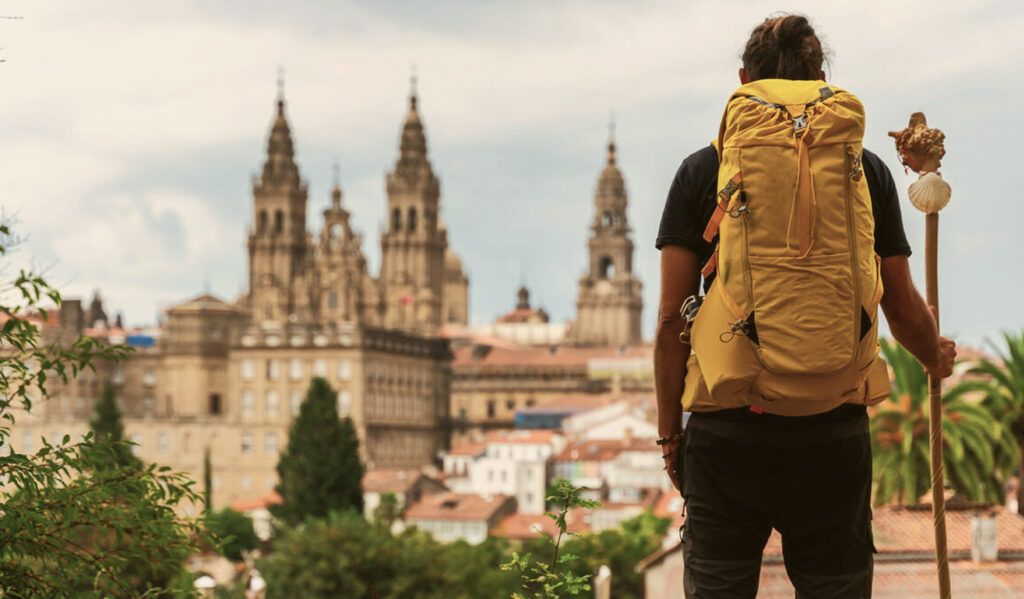
The field of stars
The Camino de Santiago, or the Way of Saint James, is a pilgrimage route that has drawn travelers across Spain for over a thousand years. Some begin in France or Portugal, others in small Spanish towns, but through coastal cliffs, mountains, woods, vineyards, and historic villages, all roads converge on Santiago de Compostela, where the body of Saint James the Apostle is said to rest.
The name Santiago de Compostela means ‘Saint James field of stars.’ In the 9th century, mysterious lights revealed a Roman tomb said to hold the remains of Saint James. King Alfonso II built a basilica on the site, and the Camino was born. For centuries, pilgrims have followed these trails – not simply to reach a cathedral, but to search for meaning, great and small, along the way. It might be the pilgrimage of a saint, but it’s a journey that is entirely yours.
Medieval pilgrims once walked the Camino seeking penance, forgiveness, or salvation. Today, many still walk for faith, but some arrive seeking healing, carrying loss, or chasing questions with no easy answers. To unplug. To reset. To indulge in something that cannot be purchased, but found in stillness, silence, and space to breathe.
Onward and upward
It’s no easy journey. The full Camino Francés runs nearly 480 miles, around 900,000 steps over thirty days. That’s like walking from New York City to Toronto, or Los Angeles to the Grand Canyon. But there’s no one “right way” to do it – you can join at any point in Spain, walk a shorter stretch, or choose a coastal or mountain route. Though if you want to earn the official Compostela certificate, you must walk 62 miles or bike 124 miles and present a stamped passport. But in truth, what matters is not how far you go, but what you discover along the way.
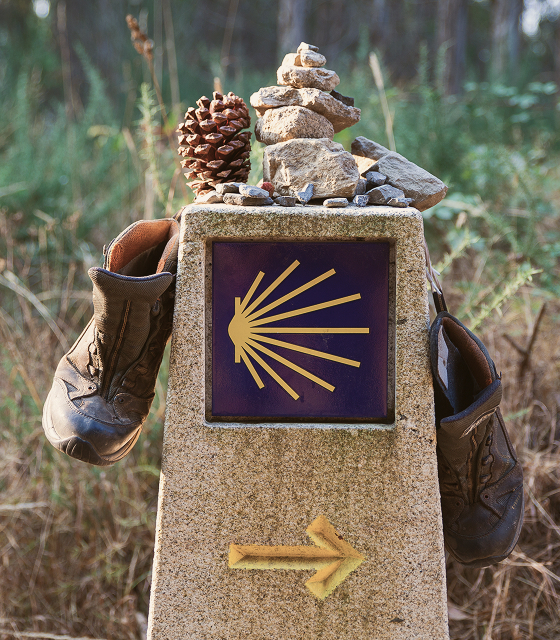
And be careful to look for the yellow arrows and the scallop shells that have marked this path for centuries, because if you don’t look hard enough, you might not find what you’re searching for.
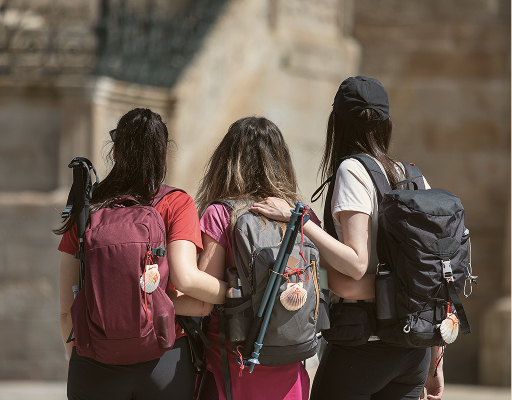
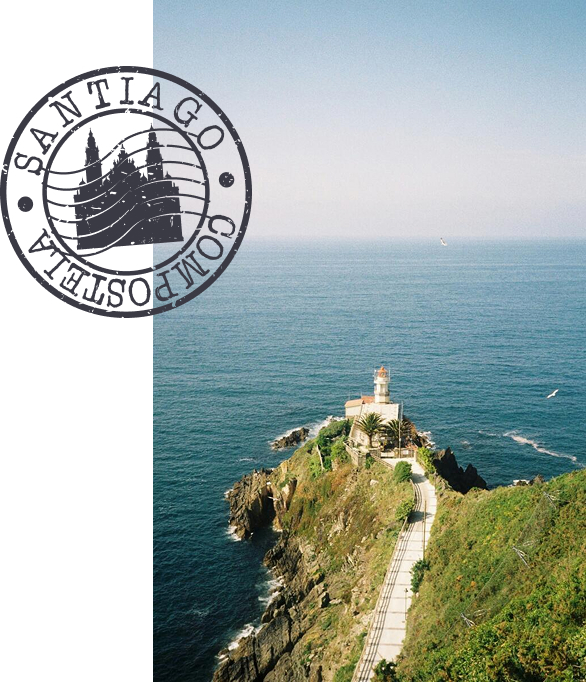
By the third day, your shoes will betray you, your backpack will feel like a boulder, and your legs will ache in places you didn’t know existed. And yet, when you drop that backpack on the floor of a stone albergue, surrounded by strangers who share bread, wine, tears, and laughter, you’ll realize that by morning they won’t feel like strangers at all, and you’ll keep walking.
The Camino strips life down to its essentials: walking, eating, resting, moving forward. That’s it. Through that simplicity – which we rarely allow ourselves these days – the noise of the world fades. What’s left is something sharper: the steady rhythm of your body, the quiet of your mind, the reminder that harmony begins with solitude. Because when your body is in motion, so is your mind.
Buen Camino
The Camino teaches us that no two paths are the same. Yes, you might walk alongside the same group of people, but the map you follow is different. The people you meet, the pain you endure, the strength you uncover, the clarity you gain – they are entirely yours. We aren’t meant to live identically. What unites us is not uniformity, but the strength of spirit we carry forward with each step.
So why do people walk it? To find themselves again. To rediscover a version buried beneath the weight of work weeks, schedules, headlines, and glowing screens. To ask: who am I, if I live my one precious life at half capacity?
We all deserve time. Not time filled with distraction, but time that grounds us in the natural world, reminding us it’s enough simply to exist. Thoreau once wrote that he went to the woods to “live deliberately.” The Camino is much the same – a path where nature, simplicity, and spirit co-exist.
To know that you’ve accomplished something both physically and mentally challenging and rewarding. To stand before the basilica and recognize the strength it took to get there. To see yourself in a new light – resilient, capable, renewed. And to carry that strength home, knowing that if you can do this, as daunting as it seems, you can face anything.
The path that already exists
I’ll share a secret: I didn’t write this with a specific path in mind. I knew what I wanted to say, but I didn’t know exactly how I’d get there. And maybe that’s the lesson. Sometimes you don’t need to create a new path when yours already exists. You only need to trust the one beneath your feet.
The Camino reminds us of this truth: the path forward has been waiting all along – and walking it is how we find our way.
